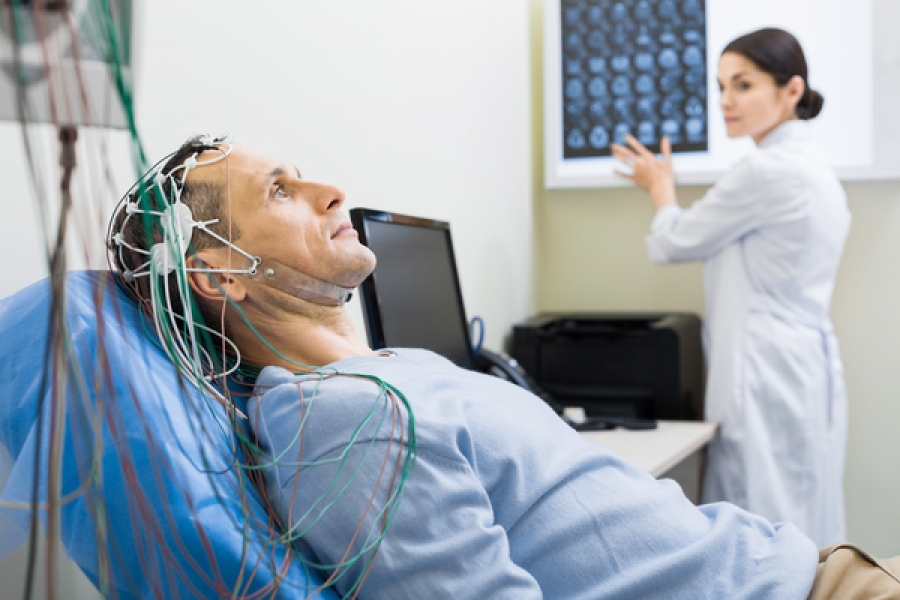The brain is by far the most complex organ in the human body. It’s made up of more than 86 billion neurons. Sometimes, these connections can become damaged or out of balance. EEG biofeedback can be an effective treatment option to help restore those neural pathways so that your brain can function to its full potential. If you’re interested in EEG biofeedback in Denver, here’s what you need to know.
What is EEG biofeedback?
EEG biofeedback, or neurofeedback, is a type of non-invasive, non-drug treatment therapy that measures brain wave activity. During a neurofeedback treatment session, electrical sensors are placed on the scalp to measure and transmit information about brain wave frequencies.
This real-time feedback helps you learn how to control and eventually change specific brainwave frequencies. By adjusting those patterns, you can better relax, focus, or respond to stressors.
What does neurofeedback treat?
Neurofeedback can help treat a wide variety of symptoms and disorders. Most commonly, it’s used to help people manage:
- Anxiety
- ADHD and focus problems
- Dependence
- Depression
- Insomnia and other sleep-related disorders
- Migraines
- Muscle spasms
- PTSD and trauma
- Traumatic brain injuries and concussions
How does EEG biofeedback work?
You shouldn’t expect neurofeedback to be a quick fix for your needs. Neurofeedback is often a lengthier in-depth process consisting of multiple progressive steps. Let’s dive into what you can expect from our neurofeedback treatment therapy.
Initial consultation
To begin, you’ll have an initial consultation with a neurofeedback specialist where you can describe the symptoms you’re hoping to treat. You’ll be able to discuss your thoughts, feelings, and any ongoing stressors in your life. During this consultation, your clinician will determine if neurofeedback is a good fit for you. If not, there are many alternative therapies that may better fit your personal needs.
qEEG brain map
If neurofeedback is deemed a good treatment option for you, you’ll complete a qEEG brain map. During this procedure, you’ll wear a cap with electrodes placed at specific locations on your head. These electrodes are used to measure electrical activity in the brain.
During qEEG brain mapping, your clinician will be able to identify how different parts of your brain are functioning and whether they’re working independently or together. In doing so, they’ll see which areas are out of balance or underperforming.
Individualized treatment plan
Based on the findings from your initial consultation and the qEEG brain map, an individualized treatment plan will be developed for you. This type of personalized programming helps your clinician address the specific brainwave frequencies that could be leading to your cognitive, emotional, or behavioral related disorders.
Neurofeedback treatment sessions
Once your personalized plan is set, you’ll begin your biofeedback treatment. During a treatment session, you will sit in a chair with electrodes placed to your head to measure your brainwave frequencies. Neurofeedback treatment relies on a positive stimulus—usually a video game, music, or movie—to signify when your brain is functioning in an optimal state.
If your brain strays from the optimal state, the positive stimulus will stop. This type of real-time feedback helps you learn how to train your brain to function the way that it should.
Find EEG biofeedback in Englewood and Denver
If you’re interested in learning more about neurofeedback in Englewood or Denver, reach out to us at Braincode Centers. We offer top-of-the-line neurofeedback therapy at four Denver-area locations. Schedule a free consultation to learn how we can help train your brain so you can live your happiest, healthiest life.

